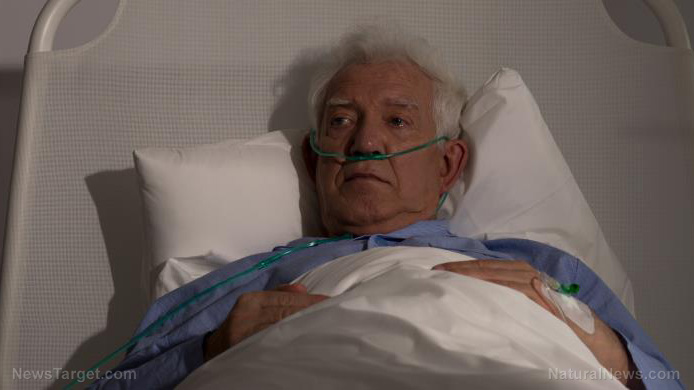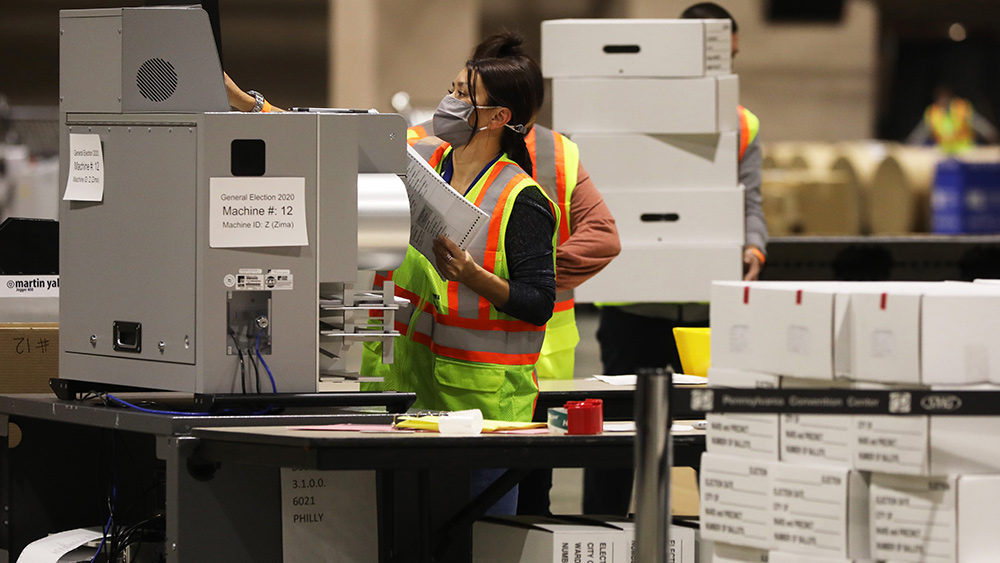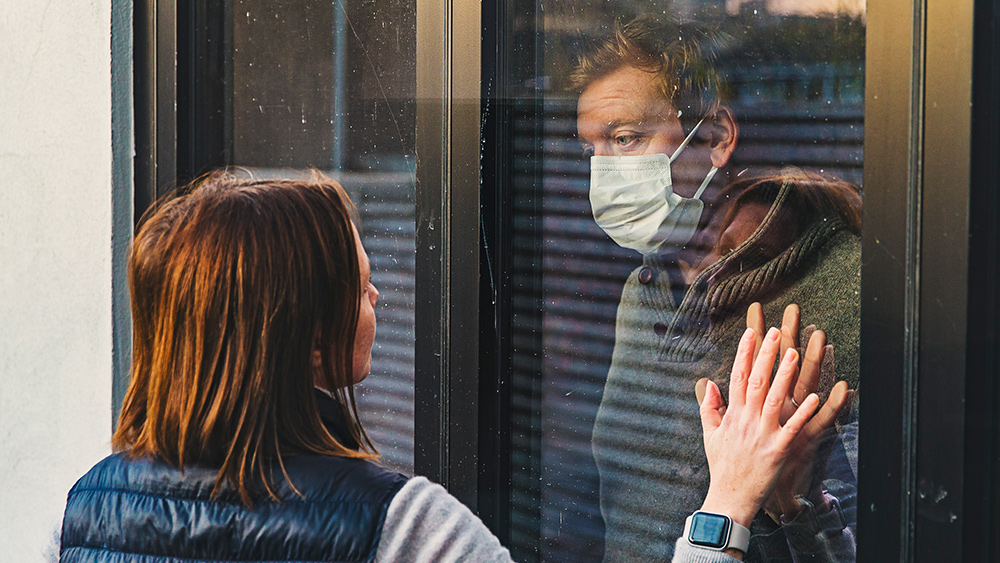
In a survival scenario, most people might evacuate to a disaster shelter or a Federal Emergency Management Agency (FEMA) camp. However, not everyone is aware of a risk that they might be exposed to at shelters or camps like this: sexual assault. (h/t to SHTFPlan.com.)
Early in 2018, reports from Florida revealed that when a hurricane strikes, sex offenders in each county are given a designated location separate from general population shelters. The majority of sex offenders under state-wide community control are advised to report to their nearest prison or jail.
Public officials know that incidences of assault and rape become more common in the aftermath of hurricanes, like Irma and Harvey. In fact, when state-wide evacuations for Hurricane Irma began, Florida’s Polk County sheriff stated that sex offenders wouldn't be allowed in all shelters.
The sheriff tweeted:
We cannot and we will not have innocent children in a shelter with sexual offenders & predators. Period.
While directives like this could protect women from convicted sexual offenders, this doesn't weed out those who have clean records but are planning on attacking women in shelters. These people could even get off scot-free after assaulting several victims, especially since it can be difficult to determine who can be a potential sexual predator. During survival scenarios, the authorities won't have time to do a background check on everyone who takes refuge at a disaster shelter since they're busy making sure everyone has what they need.
After Hurricane Katrina struck New Orleans in 2005, many women reported that they were raped or sexually assaulted after they evacuated. Sadly, most of these incidents have been largely unreported.
One such victim, Charmaine Neville, spoke to a local television station several days after Hurricane Katrina hit. She discussed a horrifying experience she had when she took shelter on the roof of a school. Charmaine reported that she was raped by a stranger who threatened to kill her if she resisted.
An alarming 80 percent of teenage girls who survive a sexual assault could develop a mental illness, like anxiety, depression, or post-traumatic stress disorder (PTSD), because of the incident after four or five months. This is one more reason to keep female family members away from strangers in disaster shelters.
Even though it's unintentional, most shelters are overcrowded and understaffed, which could increase the risk of assault. Worse, a disaster tends to bring out the worst in people, especially those who know they can get away with a lot because of the widespread panic and fear.
Protect yourself and stay away from shelters
The risk of sexual assault is a major reason for not evacuating to shelters and taking your safety into your own hands. Even Brock Long, FEMA’s director, has repeatedly cautioned that Americans lack a "culture of preparedness," which is why most people flock to disaster shelters when SHTF. (Related: Millions of Americans are arming up with new concealed carry permits… and the fastest growth is among WOMEN.)
To keep your whole family safe and avoid exposure to a potentially dangerous environment, learn how to be self-sufficient even during a survival scenario. Start making the necessary preparations, and talk to members of the prepping community who will be happy to teach you about the basics of this independent way of life.
Before disaster strikes, decide on a bug-out location where you and your loved ones can take refuge. Make sure everyone in the group knows self-defense, especially the women. This can help them feel empowered instead of powerless when SHTF.
Self-defense tips for preppers
You can also learn self-defense by taking classes in your area. Here are additional self-defense tips that can protect you from attackers.
- Don't wear a ponytail. Assailants tend to grab long hair, so wear a cap that can fall off if someone tries to restrain you.
- Wear layers of clothing. Rapists want easy access to a woman, and someone wearing shorts and a tank top will draw their attention more compared to someone wearing several layers.
- Learn to use your self-defense weapon. When using mace, hold the spray at arm's length, spray, then take a step back. Don't spray and walk forward because you can walk into the spray and hurt yourself.
- Give up your belongings. If you're being mugged, don't resist. Toss your bag in their direction, run, and live to fight another day.
Read more articles about personal safety and self-defense tips at SelfDefense.news.
Sources include:
Please contact us for more information.





















